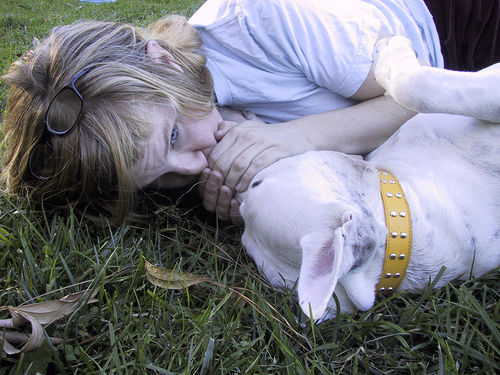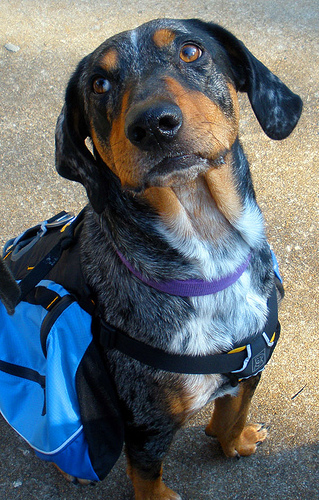If you are keeping a big dog or having a dog which enjoys being outdoors, then it is important for you to know that your dog will appreciate the idea of having an outdoor dog bed from you. Since your dog is one which loves spending his entire time outside, it is necessary to make sure that your outdoor dog bed can cater to the different requirements of your dog of which these include sleeping in a comfortable place, feeling warmed and secured and being truly happy.
Material Is Vital
It is very essential for you to know the kind of materials used for the making up of outdoor dog beds. At the same time, you will have to check out the location of youroutdoor dog bed and make sure that the bed is in an enclosed area or under some kind of sheltering where it will not get wet or be exposed under any kind of weather. You also need to take care that the ground where the outdoor dog bed is being placed on is even and dry, thus not causing any harm to your dog. Once all these aspects have been looked into and taken care of, the next step is to start choosing your dog bed.
It is very essential for you to know the kind of materials used for the making up of outdoor dog beds. At the same time, you will have to check out the location of youroutdoor dog bed and make sure that the bed is in an enclosed area or under some kind of sheltering where it will not get wet or be exposed under any kind of weather. You also need to take care that the ground where the outdoor dog bed is being placed on is even and dry, thus not causing any harm to your dog. Once all these aspects have been looked into and taken care of, the next step is to start choosing your dog bed.
You need to monitor the temperature during the nights in your place of living so that you know exactly the kind of materials you require for making the outdoor dog bed. To make sure that this bed provides enough warmth to your dog, you will need to fill the bed up with sawdust, hay or any kind of material that will allow your dog to make his so-called nesting and find warmth in it.
Or you may choose to own a self heating outdoor dog bed if the place you are living in is of extremely cold climax. A self heating outdoor bed would mean that the dog bed has a heating pad in it or that the bed has a self heating function. It does not matter which method you adopt as long as you pay close attention to minimize the possibility of a fire hazard and that the location of your outdoor dog bed is in a place where your dog can get away easily if he feels ‘overheated’. Actually, it is advisable not to get a self warming outdoor dog bed for your dog; the dog just needs to be able to walk away from his bed once he feels too warm in it.
After you have located a suitable are to place your outdoor dog bed and that your bed is made up of the right type of materials, then the last important step is to make sure that your dog can have the accessibility to move in and out of the bed with much comfort and ease. Once all these steps have been taken care of, your dog will then be able to enjoy his outdoor dog bed for a long period of time.















